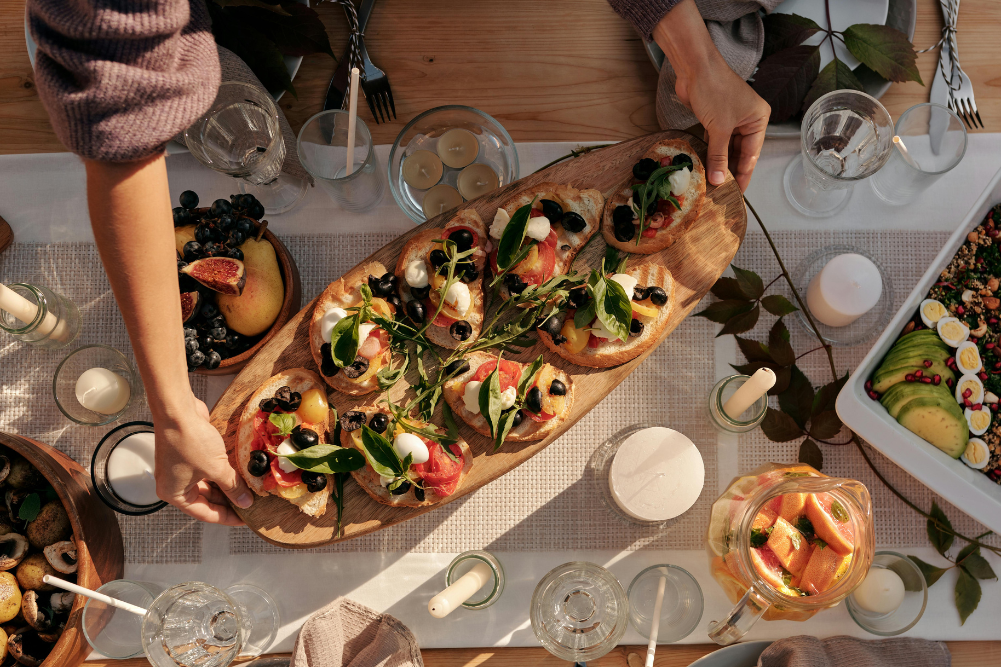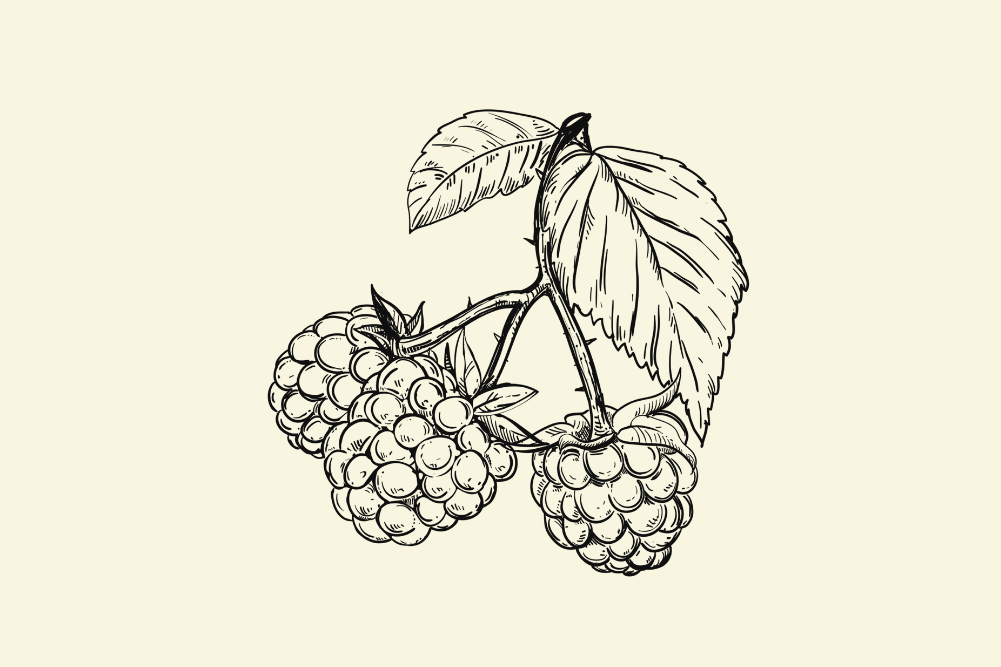How to deal with Incontinence
Dribbling your way through life may sound amusing, but having an incontinence problem is generally considered to be a very embarrassing situation. It can be difficult to manage, depending on the severity, and the urine residue can smell unpleasant, which limits the social life of many sufferers. The problem of incontinence can cause a person to restrict their activities, as always needing a toilet nearby can be daunting, particularly when travelling.
Although incontinence is rarely talked about, you are not alone with this condition. Incontinence is such a common health problem that it affects about 3.8 million Australians from all walks of life. As these figures are generated only from the people who have been diagnosed medically, and as many sufferers of incontinence do not seek help, the figures could be much higher.
The Australian government sponsors a National Public Toilet Map Website under the auspices of the National Continence Management Strategy, along with a national Continence Help line and a Continence Aids assistance scheme (providing about $470 per person per year to assist in the purchase of pads and other aids). Incontinence is not restricted to Australia; it’s a worldwide phenomenon. In many parts of the world, especially those with more primitive medical systems, the incidence of incontinence is even higher.
What is incontinence?
Urinary incontinence is the accidental or involuntary loss of urine from the bladder. It’s sometimes referred to as having a “weak bladder” or “overactive bladder”. Generally, it describes a situation of poor or no bladder control with the result that the person leaks urine with varying degrees of frequency and severity, from being just damp to being soaked. The condition includes symptoms such as urgency and frequency.
As with all health issues, the earlier you recognise the problem and do something about it, the easier it is to manage or correct. Incontinence can be a complex health condition with several contributing factors. For this reason, if you think you suffer from incontinence (and it’s obvious), it’s best to seek the advice of a competent practitioner, as a proper assessment and good management can significantly improve your quality of life. Without efforts to correct incontinence, the condition tends to worsen over time.
Incontinence: A widespread problem
Urinary incontinence, occurring at least weekly, affects one in 21 primary school children (more commonly called bed wetting or enuresis) and one in 13 adults. In adults, incontinence is more common in women (though men are frequently affected) and in older people. In adults, the problem is more physiological, while in children it is more commonly emotional.
In Australia, about one in three women who have had a baby suffer from incontinence. It often manifests as problems recurring later in life, usually becoming noticeable around menopause and continuing after. This is frequently due to ligaments overstretching during childbirth, or a prolapse due to childbirth, that has never been corrected. Menopausal incontinence in women can also have a hormonal (oestrogen) base.
Men’s urinary tract incontinence symptoms more often relate to prostate disorders such as enlarged prostate (benign prostatic hypertrophy, or BPH), which is managed a little differently, as the hormone (testosterone) imbalance triggering the prostate problem needs to be corrected.
Incontinence can, however, also be related to more serious health conditions, such as diabetes, kidney problems, neurological conditions, chronic cough (eg, asthma) or being overweight. It also may be related to the taking of certain pharmaceutical medicines for particular health problems as many of these can cause a “weak” bladder, particularly diuretic medication.
Your bladder at a glance
A bladder in a healthy person has several “normal” characteristics:
- It can hold up to 400–600ml of urine.
- The sensation of needing to empty it occurs well before it has reached its capacity, usually when it is about half full.
- The bladder requires emptying 4–8 times each day.
- A healthy functioning bladder empties completely each time you pass urine and does not leak urine (before or after urination).
- Wanting to urinate may wake you up once in the night to pass urine (normally). This can occur more frequently (usually twice) if you are over 65.
Dealing with incontinence
Caffeine and alcohol are bladder irritants as well as being diuretic, so can increase the need to pass urine, which someone suffering from incontinence needs to avoid. Therefore, limit (better still, avoid) alcohol and drinks that contain caffeine, such as coffee, tea or cola drinks, especially before bed. If you can’t bear to miss your cup of tea, the African herb rooibos (red bush) has the closest taste to that of black tea, without the caffeine, and can be drunk with milk and sugar. Roasted dandelion root made in a coffee plunger can work as a caffeine-free substitute — with added health benefits for the liver.
Try to avoid or limit any other foods and drinks that may irritate your bladder and aggravate your symptoms of incontinence. This list may include acidic foods or drinks, citrus fruits (particularly orange juice) or spicy foods. Also look at potential food allergies or intolerances. Wheat intolerance (and intolerance of gluten, the protein component of wheat) is a common problem in menopausal women (as well as children with enuresis). Avoiding wheat in the diet is important, but it can take several months of doing so to notice a significant difference in the severity of the incontinence.
Drink six to eight glasses of pure water a day. While this may sound contradictory, limiting fluid intake may only exacerbate the incontinence as it can lessen the capacity of your bladder to hold fluids. Many people who suffer urinary incontinence avoid drinking fluids as they feel it causes more problems, but this can be counter-productive. Drinking the fluids earlier in the day (until early afternoon) is more appropriate for those with bladder control issues. Avoid drinking in the few hours before you go to bed if you want to ensure a good night’s sleep.
Six quick incontinence tips
- Try to go to the toilet only when you feel the urge; that is, when your bladder is full. Going “just in case” can decrease the capacity of your bladder.
- When you urinate, take your time and try to empty your bladder as much as possible.
- Keep a diary of when you go to the toilet, how often you have trouble with incontinence and what might have triggered the problem. For example, stressful situations or specific foods. It can be useful to keep a diet diary to detect food intolerances as it’s often a food that is consumed regularly that causes incontinence problems.
- Ask your practitioner about Kegel exercise or pelvic floor muscle exercises. These are excellent for a range of conditions as they train and tone the muscles around the opening to the bladder, the vagina and the rectum.
- Being overweight puts increased stress on pelvic floor muscles, so lose weight if you need to.
- Straining to pass a stool (constipation) can also weaken the muscles around the bladder. Reorganise your diet to include high fibre and plenty of fluids and exercise to manage the constipation and this will have many benefits. Prune juice or slippery elm can help.
Practical incontinence aids
These days, there is a variety of absorbent pads or briefs (with varying degrees of absorbency) on the market that are specially designed for urinary incontinence. These can be very effective, even if the condition is severe. These, however, should only be seen as stop-gap measures as it’s important to deal with the underlying condition causing the incontinence.
Wear clothes that are easy to remove when going to the toilet. Pants and skirts with elastic waists are good. If possible, replace buttons and zippers with Velcro for easier opening. Wear clothing that is easily washable.
Keep your toilet and the access to it free from clutter. Make sure the lighting is good so it’s easy to navigate in a hurry, even in the dark. When out and about, make sure you know where the closest toilets are. The government national public toilet maps are obtainable from the website if you are travelling or are in an area you are not familiar with.
If the incontinence is severe, it may be necessary to keep a bedpan or plastic urinal (for men) or portable commode chair next to your bed. These can be obtained from specialist medical supply stores and some pharmacies.
Treating incontinence in children
In children, assuming the problem is not related to polycystic kidneys, check out food allergies and intolerances such as to wheat, dairy and sugar, and eliminate these if they are contributing to the incontinence. Also remove preservatives, colourings and artificial flavourings and sweeteners. These are also general guides to good health and nutrition.
If the child has been diagnosed with worms, there are pharmaceutical preparations that can help or there are also effective herbal preparations that can get rid of these parasites. Herbally, Artemesia annua (Chinese wormwood) and garlic (Allium sativum) can be effective, as can Artemesia absinthum (European wormwood). These are very strong and bitter in taste. If the child will co-operate, a weak cup (low dose) of a tea made of these herbs, well sweetened with the South American plant stevia, will often work wonders. Health shops have various herbal formulas in the form of tablets or capsules that are often easier for children to take. Re-establishing the correct bowel bacteria with a probiotic formula will also help after the worms are removed.
Obviously, restricting fluids before bedtime will help reduce the problem of incontinence. The Bach flowers honeysuckle, walnut and mimulus can also be useful for emotional issues. Honeysuckle is used for letting go of the past and is excellent for children who restart bedwetting after a new sibling is brought home. Emotionally, they appear to be reverting to the habits of babyhood, as they feel their position in the family is being usurped by the new sibling. Mimulus is given to relieve known fears, such as fear of the dark or of the bogey man who lives near the toilet. A good night light will help here as well. Walnut is to assist in the change of habits. Even that old faithful, Rescue Remedy, can be helpful for stressful situations in children.
Dietary advice for children and adults with incontinence
Dietary changes are important for those with incontinence. If wheat is a problem, it’s necessary to learn to avoid this food if you want the symptoms of incontinence to improve. As wheat is so pervasive in our diets, this can be difficult and takes a lot of practise. However, you can train yourself to enjoy the many alternatives. Wander down the gluten-free aisles in your local supermarket, where there is a multitude of alternatives. Switch your grains to rice or millet, which are in the same botanical family but not nearly as reactive, if wheat causes the incontinence.
To choose grains that are totally different botanically and therefore rarely a problem, try quinoa (pronounced keen-wa) or amaranth. These are the ancient Aztec “warrior” grains as they are high in proteins and nutritionally superior to many other grains. Buckwheat can also be useful as this comes from the rhubarb family. Plus, there’s tapioca (from cassava) or sago (from palm). There is also a large variety of non-wheat flours available that can be used for most cooking. Check with your local healthfood shop. You may discover new taste sensations.
Nutritional supplements
A supplement such as potassium and magnesium aspartate may be useful. Magnesium may strengthen bladder muscles and thereby prevent and treat urinary incontinence. Urinary incontinence may also occur as a result of potassium deficiency.
Silicon can also strengthen the bladder muscles of people with incontinence as it is known to repair and strengthen connective tissue.
Vitamin A helps to repair bladder wall and mucous membrane abnormalities.
Zinc is important in hormonal balance for men and women (especially for men) and, along with the omega–3 fatty acids, helps to keep the prostate healthy and functioning normally.
Herbal medicines
Menopausal women can obtain relief from incontinence by consuming herbs such as sage (Salvia officinalis), which has phyto-oestrogen components. This helps boost the levels of oestrogen just enough to keep the urethral lining functional and it helps reduce nocturia and incontinence through this mechanism.
Black cohosh (Cimicifuga racemosa) can also help reduce the hot flushes and, in the form of a cream rubbed gently into the genital area, not only assists with improving the urethral lining but also reduces the thinning of the vaginal walls.
Butterbur (Petasites hybridus) has an antispasmodic activity and may alleviate urinary incontinence by relaxing smooth muscles in the bladder. Butterbur is commonly prescribed by orthodox medical practitioners in Germany for use by incontinence patients and is particularly useful if muscle tension in the bladder is an issue.
Crataeva nurvala (an Ayurvedic herb used specifically for irritable bladder) has been used successfully to alleviate urinary incontinence. Research has shown that taking crataeva can produce marked relief of symptoms of frequency, incontinence, pain and retention of urine. It increases the expulsive force of urine, thereby encouraging effective evacuation. It has also been shown to significantly decrease residual urine volume and normalise the tone of the bladder muscles. Clinical trials in humans showed the total bladder capacity increased markedly in cases of hypotonic bladder due to prostatic hypertrophy. (Hypotonic here refers to defective muscular tone or tension.)
Horsetail (Equisetum arvense) is one of the highest vegetable sources of silica, a nutrient known to improve the symptoms of bladder irritability as well as prostate dysfunction.
Couch grass (Agropyron repens) is a bladder wall tonic and can be used safely by people of all ages. It is also a great herb to reduce bladder inflammation in conditions such as cystitis and prostate problems.
Golden rod (Solidago virgaurea) is another popular herb that is used to relieve inflammation of the kidneys, urinary tract and bladder. It also has a role in correcting abnormal prostate cells. Golden rod has a range of complex activities such as anti-inflammatory, antimicrobial, diuretic, antispasmodic, analgesic and was a traditional herb to improve the function of the bladder and urinary tract.
Kava (Piper methysticum) can help with reducing bladder irritability in menopausal women as well as being excellent to reduce anxiety — a common associated problem exacerbated by the condition itself.
Saw palmetto (Serenoa repens) is used to treat urination problems associated with an enlarged prostate gland. It has been shown to relieve nocturia, a weak urinary system, frequency and delayed onset of urine.
Willow herb (Epilobium parviflorum) is an excellent herb to reduce an enlarged prostate and relieve related incontinence problems.
Incontinence is no respecter of persons and can afflict anyone, especially as they age. There is a famous story of a well-known female Hollywood journalist and critic many years ago who wielded an enormous amount of power. She was also known to have a considerable problem with incontinence. According to the stories, she dribbled everywhere, especially on the dance floors she frequented, totally ignoring her problem and not giving a fig for the concerns of others. It was also said that when she sat on cushions she left such a puddle that all around her avoided sitting down.
Not many of us would have the confidence to not care if we had such a problem and, as it’s such a very common problem, the quality of life improves considerably if it’s managed correctly. It’s important to treat incontinence in effective and non-invasive ways where possible. In doing so, the quality of life of the person improves considerably and they can once more travel out and about with confidence and in comfort.
Dr Karen Bridgman lectures in the Masters Degree of Herbal Medicine at the University of Sydney. She is a naturopath practising at Pymble Grove Clinic, Sydney, and at Australian Biologics, Pitt Street, Sydney.







